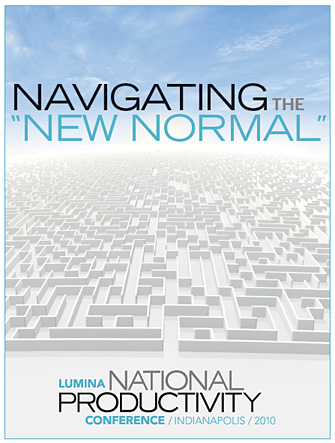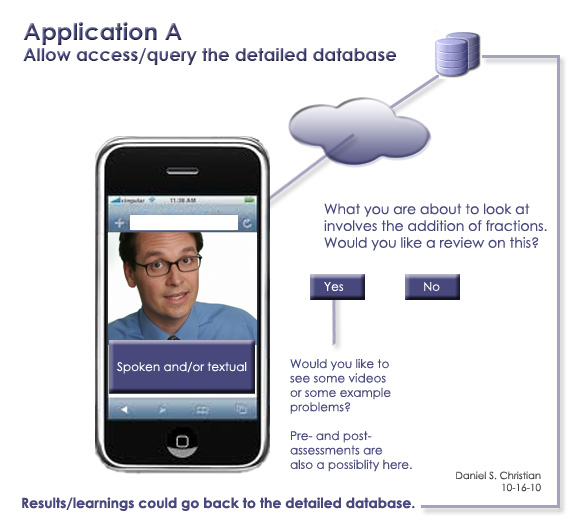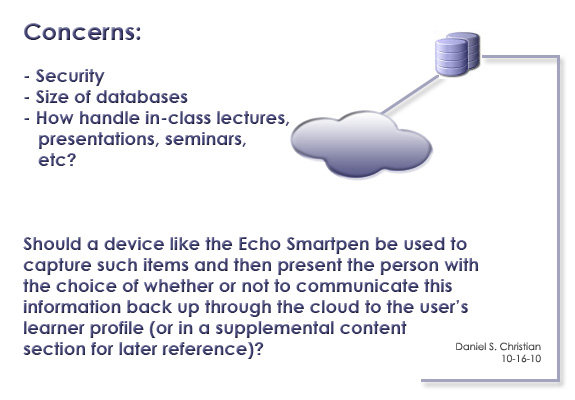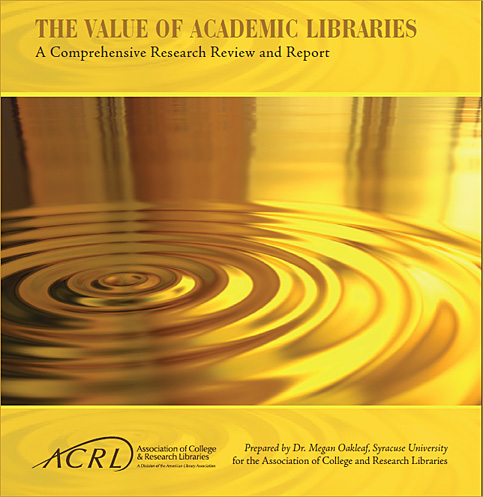Key education issues dividing public, college presidents, study finds — from the WSJ by Kevin Helliker
The general public and university presidents disagree about the purpose of college, who ought to pay for it and whether today’s students are getting their money’s worth.
But university presidents and the average American agree that the cost of higher education now exceeds the reach of most people.
Those are broad findings from a pair of surveys released late Sunday from the nonprofit Pew Research Center. The surveys took place this March and April, one posing college-related questions to 2,142 American adults, the other to 1,055 presidents of colleges large, small, public, private and for-profit. The two surveys contained some identical questions and some peculiar to each group.
As is the case with all Center reports, our research is not designed to promote any cause, ideology or policy proposal. Our only goal is to inform the public on important topics that shape their lives and their society.
Higher education is one such topic. The debate about its value and mission has been triggered not just by rising costs, but also by hard economic times; by changing demands on the nation’s workforce; by rising global competition; by growing pressures to reduce education funding; and by the ambitious goal set by President Obama for the United States to lead the world by 2020 in the share of young adults who have a college degree.


















